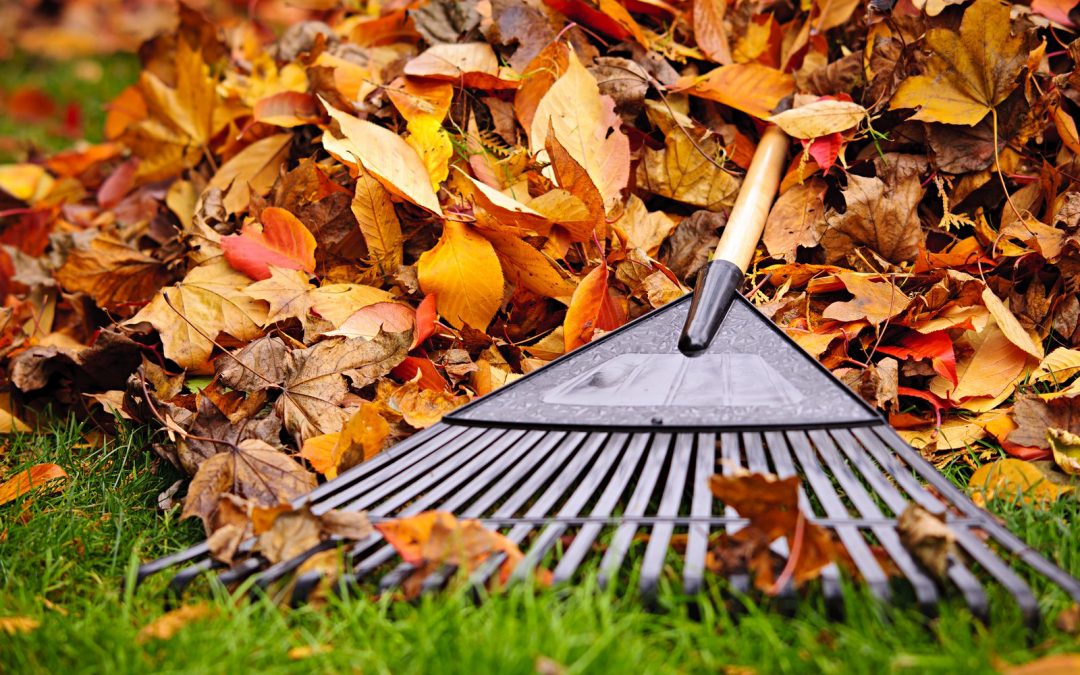Published in The Tribune: 11 October 2017
Fall has finally arrived! Maybe the temperature does not say fall yet, but the falling leaves and pine needles are a sign that fall is on its way. Fall means it should be time for the Fall BOPA provided by the City of Houston. This year though, Harvey threw us a curve ball. The City Solid Waste Department is still working full time picking up the debris left in its wake. You will have to drive to the Westpark Consumer Recycling Center to responsibly recycle BOPA items this fall. They do accept lots of other recyclable items there also, so load up the car or truck and visit them. We hope to have a BOPA next spring. Junky Business, a usual BOPA vendor, is local and will come to your residence or business to pick up scrap metal and large appliances for a small fee. Call Pete at: (832) 377-5865 At this point the DEA is scheduled to be at the Kingwood Metro lot from 10 AM to 2 PM on October 28, to collect outdated or unused prescription drugs.
Speaking of falling leaves, I know many of you don’t relish having to rake and dispose of leaves for the next few months. If you, at one time lived up north, fall happened really quickly. One night it froze and in the next week or two all the leaves fell off the trees. You cleaned them up and the leaf event was over. Not here in the Lake Houston area! Some of our trees, like the oaks, have been losing their leaves for a month now and will continue to lose them until new ones pop out in February or March. Many of our homes have large mature trees and lots of leaves. What’s a person to do?
Many of us, if we don’t have a lawn service, simply rake them up or catch them with our mower and put them in a bag for the trash man. That is such a waste! Don’t be that person. There is a better way to handle all those leaves. Make it your mission to use all organic matter generated on your property on your property. Yes, that means you must stop putting them in a bag and sending them to the Atascocita landfill. Instead, by mulching them and/or composting them, you can retain all the nutrients that you paid dearly for when you bought fertilizers to feed and water to irrigate your trees. Trees and bushes love a nice thick layer of nutrient rich compost or leaf mold on their root zones. Bark mulch is better than nothing around a tree, but compost or mulch made from the fallen leaves from the tree is so much better!
Personally, I do like “EZ” when it comes to handling all the leaves this time of year. Frankly the easiest thing to do is to set your lawnmower at the highest setting and then mow over them. With new mulching mowers, most leaves and debris are pulverized and shot down into the turf. There they decay and eventually become rich humus. Only occasionally will you have to mow over twice to make them disappear. If you do have a very heavy leaf drop and mowing the leaves does not do an adequate job, do collect some of them and put them in a black plastic bag. Do not, though, send that bag to the landfill. Add a bit of water to the bag if they are not already moist. You might also add a shovel full of garden soil if you can spare a bit. Then find an out of the way spot behind the garage or at the back of your property to stash them for a few months.
What you have started is a composting operation. Composting is not for everyone, but it is a really great way to reduce what you send to the landfill and to turn a waste product into a valuable resource. In my next column, I will give you more specifics on how you, too, can become a successful composter. Until then, mulch those leaves and leave them be!
There is something rotting in the back yard!
Published in The Tribune: November 2017
Last month I suggested that falling leaves and pine needles should be kept on your property as a soil amendment. It was suggested that you mulch your leaves and leave them on the lawn or in beds to add nutrients. This month, if you have the time and energy, I would like to suggest you give composting a try. Time management is so important in all of our daily lives. Composting does not take much time, but it does require that you spend a few minutes most days on the process.
Making compost also does not take lots of talent or fancy equipment. Anything organic will eventually rot. The remaining residue, the result of composting, is what is sometimes called black gold. Composting is nothing more than speeding up the natural decomposition process so you get this natural fertilizer more quickly. If you just pile your leaves up in a corner of your yard and do nothing else you will eventually have compost on the bottom of the pile. If you think of what happens in a forest, leaves and branches fall to the earth and decompose over time. No one goes out and fertilizes or waters those trees. The earth and the decomposed organic matter are all the fertilizer they need. You can duplicate that condition in your yard.
On your property, no matter how big or small, you can adapt an area to where you can process your organic matter into compost. There are all sorts of enclosures you can use or you can just pile it up. I suggest at least two bins about four feet square with chicken wire for sides. One secret to making fast compost is reducing the size of the raw materials into small pieces. For instance, if you are using oak leaves or pine needles, mulch those with a mulching lawnmower and you will reduce their volume significantly. Use a pruner to cut up small branches and twigs. Follow the recipe for making compost and you will most likely be successful. And, if you do it right, it won’t stink. If it stinks, you did it wrong. And, if at first you don’t succeed, try try again!
Here is the recipe! No big secret! To one part of green stuff add two parts of brown stuff. Mix in air, keep moist, and add a source of microbes. That is it. Green stuff is newly cut grass, weeds without the seeds, small trimmings, kitchen fruit and vegetable scraps, coffee grounds, etc. Brown stuff is dried leaves, pine needles, newspaper, dead plants, etc. Air is added by mixing the pile. Rain will usually keep the pile moist, or an occasional sprinkle from the hose may be necessary. Microbes can be added by putting in a few shovels of garden soil, compost, or manure from a horse, cow, or chicken, (not the dog or cat). Here is where the few minutes a day come in. Mix the ingredients with a pitch fork or turning tool every day. Add green stuff and brown stuff in alternating layers no thicker than six inches. Always cover kitchen scraps and green stuff with some soil or brown stuff. When your bin is full or at least three feet high, stop adding new materials.
Up to now, the microbes have done most of the work, munching up the nitrogen in the green stuff and the carbon in the brown stuff. Now it is your turn to have a good workout early some morning by turning pile one into pile two. For a few weeks keep mixing and soon you should be able to harvest compost from the top of bin two. Proceed to refilling bin one with new materials for a continuous supply.
Composting is not for everyone, but it is a really great way to reduce what you send to the landfill and to turn a waste product into a valuable resource. Like any skill, you need to practice to hone it. Keep working at it until you find what works for you. Once you get that first batch of black gold, you will be hooked. Your plants will be happy! And, if you are growing vegetables, they will be so much healthier for you than if you use chemical fertilizers.
Comments, Questions? hal@keepkingwoodgreen.org

